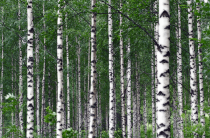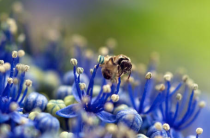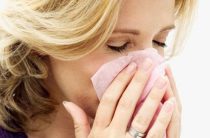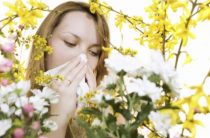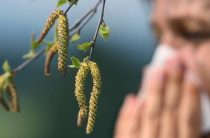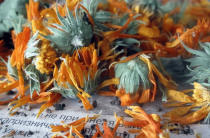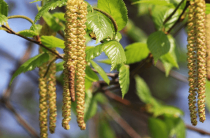Every allergy sufferer should be familiar with the flowering calendar, which indicates the start and end dates for pollination of certain plants. The use of this information allows you to take preventive measures in time or move to another climatic zone at all during flowering. It can be used both for immune therapy measures and for the initiation of antihistamines, which work best when taken early.
The flowering calendar below contains flowering times typical for the middle lane. In your region, they may differ slightly. Therefore, if you are in other climatic zones, check out the flowering calendar for plants in your area. You can find it at your nearest clinic.
Allergy is a disease provoked by a disorder of the immune system, in which there is a certain failure in its work. This leads to the production of antibodies to ordinary substances that are completely harmless to humans. Antibodies, in turn, stimulate the immune system, which tries to remove harmful agents. When affected by viruses or bacteria, this makes sense, but not in the case of completely safe substances.
With an allergy to plant pollen, the disease is provoked by plant pollen, which enters the body through the mucous membrane of the eyes, as well as together with the inhaled air. Pollen contains certain components that are proteinaceous in structure; when they enter the body of an allergic person, they instantly bind to antibodies and provoke an allergic reaction. Plant pollen is very easily carried by the wind, so even being many kilometers away from a flowering allergen plant, you can feel the symptoms of an allergy.
Allergy to pollen can occur due to hereditary factors. Moreover, it is not necessary that close relatives of the child suffer directly from this type of allergic disease. For its occurrence, an allergic predisposition in the family is sufficient. Also, general air pollution can contribute to both the appearance of an allergic reaction and the aggravation of its symptoms.
Symptoms:
- swelling of the nasal mucosa;
- allergic rhinitis (colourless contents);
- sneezing, which develops almost immediately after contact with pollen;
- redness of the eyes, their tearing and photophobia;
- intense attack of dry cough;
- asthmatic manifestations.
Symptoms of pollen allergy are directly related to the onset of pollination of the plant and fade over time as its pollen disappears. For this reason, an allergy sufferer needs to get acquainted with the flowering calendar, which indicates the flowering periods of various allergenic plants. Please note that dry and hot weather, polluted air, smoke from a fire and tobacco smoking have an aggravating effect on the symptoms of this disease.
The most common allergens:
|
|
Naturally, this is just a list of the most common allergy culprits. The list is not limited to these plants. An allergy can be either to one type of plant or to several, which is naturally much worse. Allergy to plant pollen, as such, is extremely rare, regardless of species.
